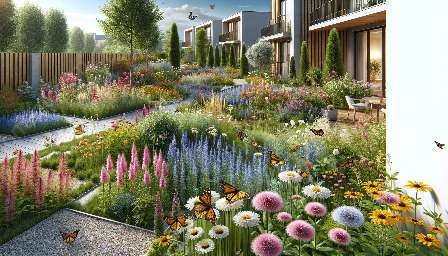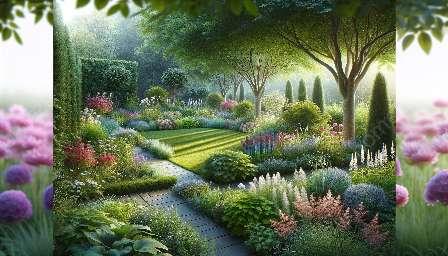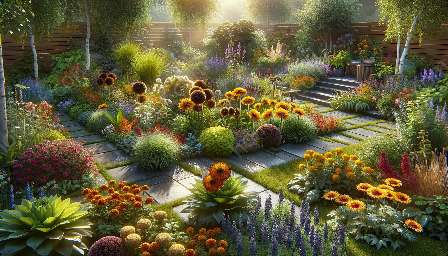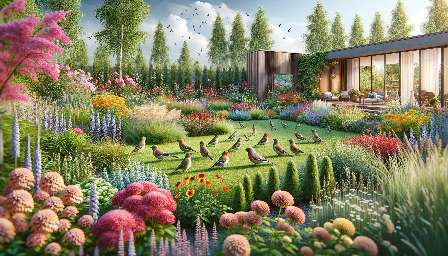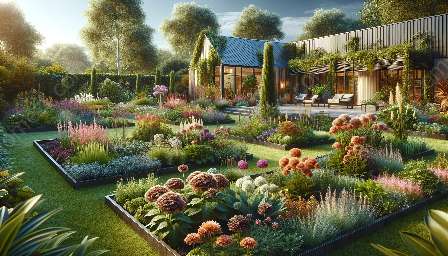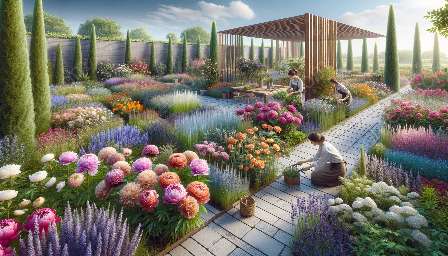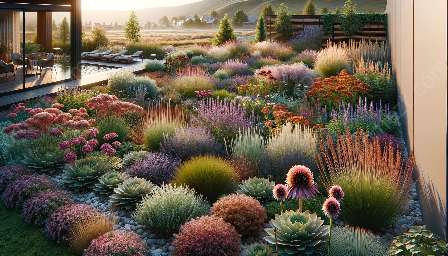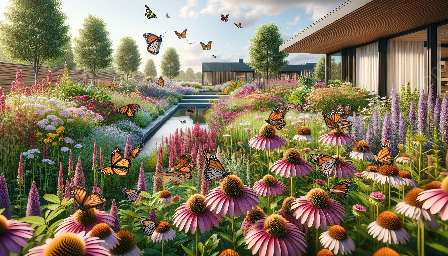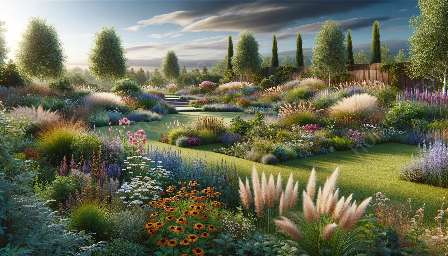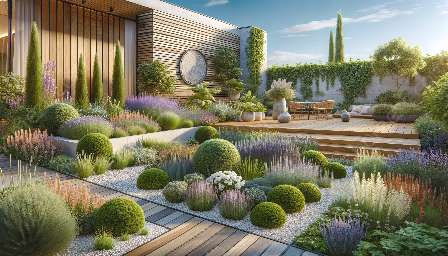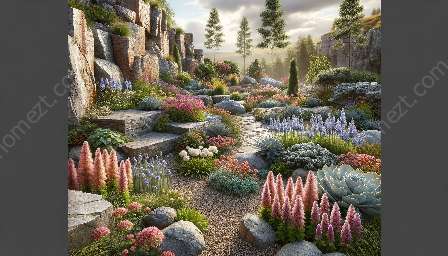Companion planting with perennials is a sustainable and natural gardening technique that involves planting different species of plants together to promote growth and health. This method is based on the idea that certain plant combinations can enhance each other's growth, repel pests, and attract beneficial insects, ultimately creating a more attractive and harmonious garden.
Benefits of Companion Planting with Perennials
Companion planting with perennials offers a wide range of benefits for gardeners and their plants. By using this method, gardeners can:
- Enhance Soil Health: Certain perennial plants have deep root systems that can help improve soil structure and nutrient cycling, making the soil more suitable for other plant species.
- Repel Pests: Some perennials naturally repel pests, such as marigolds, which can help protect other plants from harmful insects.
- Attract Beneficial Insects: Certain perennial flowers, like echinacea and yarrow, attract pollinators and other beneficial insects that can promote overall garden health.
- Provide Shade and Support: Taller perennials can provide shade for sun-sensitive plants, while others can offer structural support for climbing plants.
Compatible Perennial Flowers and Plants for Companion Planting
When considering companion planting with perennials, it's important to select plant combinations that work well together. Here are some compatible perennial flowers and plants for companion planting:
Echinacea and Rudbeckia:
These two perennial flowers have similar growing requirements and complement each other aesthetically. Their vibrant blooms can attract pollinators and create a visually appealing garden display.
Lavender and Rosemary:
Both lavender and rosemary are aromatic perennials that can repel pests and add fragrance to the garden. Planting them together can create a beautiful and functional herb garden area.
Hostas and Ferns:
Hostas and ferns thrive in shaded areas and can create a lush and green backdrop for other shade-loving perennials. Their foliage textures and colors can enhance the visual interest of a garden.
Creating an Attractive and Real Garden with Companion Planting
Implementing companion planting with perennials is an art that involves careful planning and consideration of plant characteristics. To create an attractive and real garden using this technique, consider the following tips:
- Plan for Succession Blooms: Select perennial flowers with staggered bloom times to ensure a continuous display of color and interest throughout the growing season.
- Consider Plant Height and Form: Arrange perennials based on their mature size and growth habit to create an aesthetically pleasing garden design. Taller plants can serve as focal points, while low-growing varieties can fill in gaps and provide ground cover.
- Include Functional Plant Combinations: Integrate perennials that offer benefits such as pest control, soil improvement, and support for other plants to maximize the functionality of the garden.
In Conclusion
Companion planting with perennials is a practical and visually appealing approach to gardening that can enhance the health and beauty of a garden. By carefully selecting compatible perennial flowers and plants and considering their interactions, gardeners can create an attractive and harmonious garden that thrives with minimal intervention. Embracing this sustainable and natural gardening technique can lead to a more fulfilling and rewarding gardening experience.




